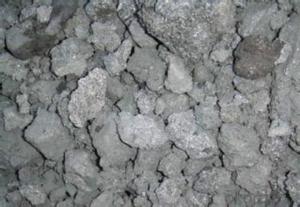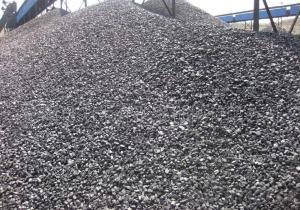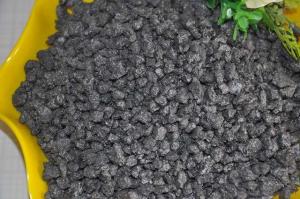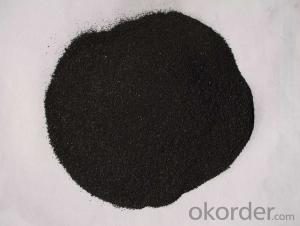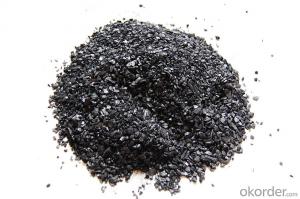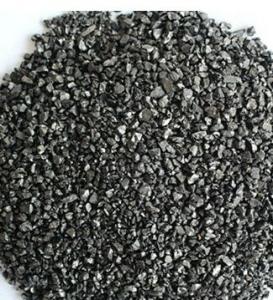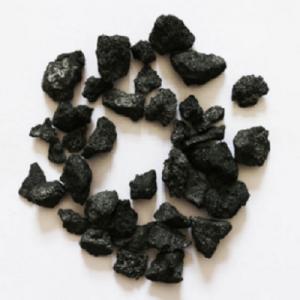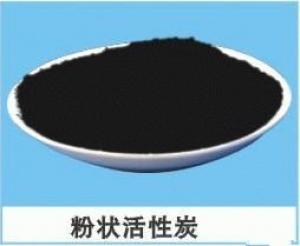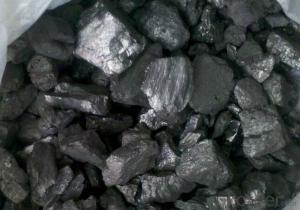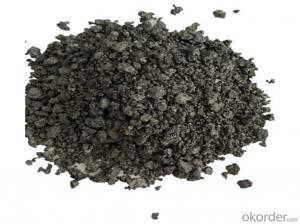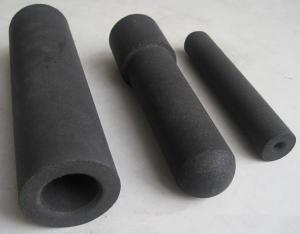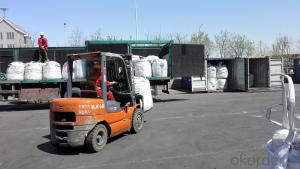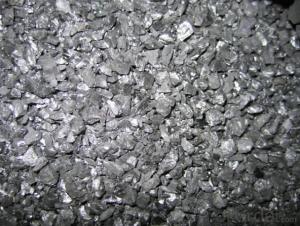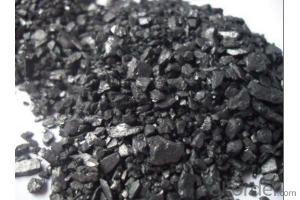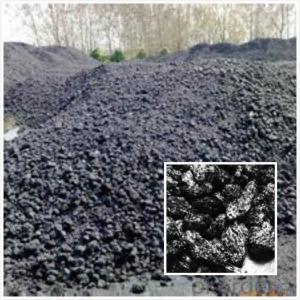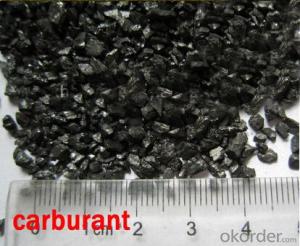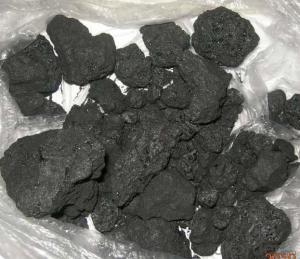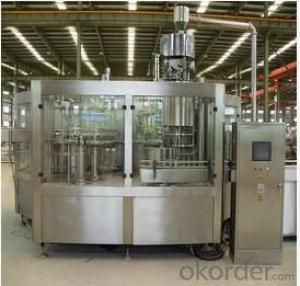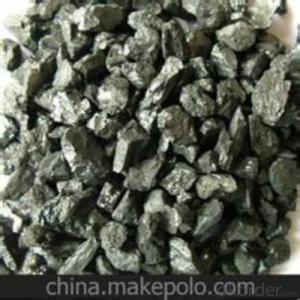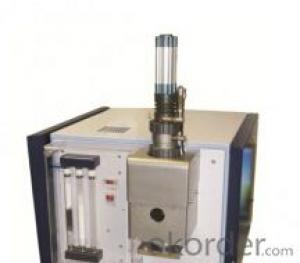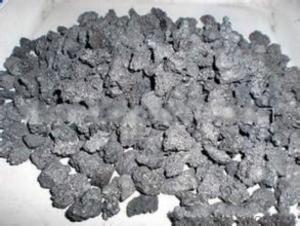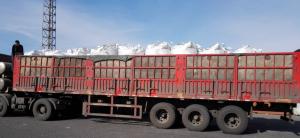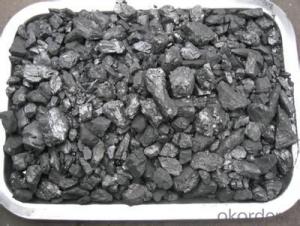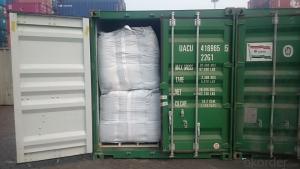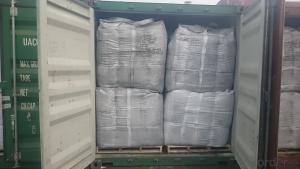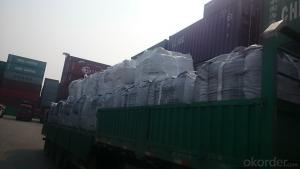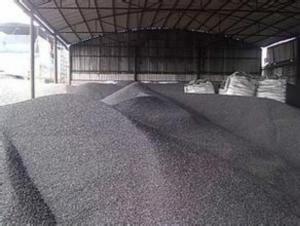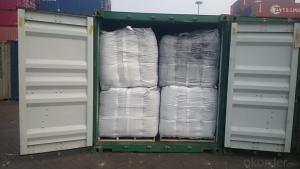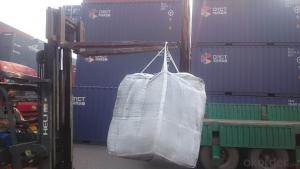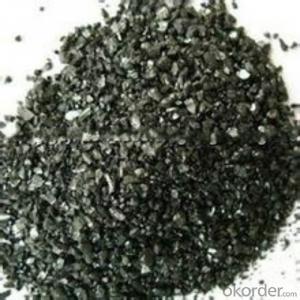Carbon Raiser
Carbon Raiser Related Searches
Carbon Filters And Fans Carbon Fiber Crane Lifting Block Carbon Filters Booster Machine Riding Lawn Aerator Plastic Crusher Concrete Mixer Pallet Pusher Automatic Car Lift System Platform Elevator Carbon Graphite Block A Frame Lifting Equipment Cleaning The Environment Goods Lift Panoramic Elevator Carbon Fiber Cloth Rail Cutter Roof Sealer Corrigated Plastic Roofing Carbon Black N330 Inclined Platform Lift Auto Lifting Equipment Carbon Graphite Electrode Environmental Controller Escalator And Elevator Environmental Cleaning Escalator Lift Carbon Block Filtration Nitrogen Booster CompressorCarbon Raiser Supplier & Manufacturer from China
Carbon Raiser is a specialized product designed to enhance the carbon content in various materials, particularly in the steel and metalworking industries. It plays a crucial role in improving the mechanical properties and overall performance of the materials it is used with. The application of Carbon Raiser is extensive, as it is utilized in processes such as steelmaking, foundry operations, and heat treatment. It is particularly useful in situations where a controlled increase in carbon content is necessary to achieve specific material properties or to correct carbon deficiencies in the process. Okorder.com is a reputable wholesale supplier of Carbon Raiser, offering a vast inventory to cater to the diverse needs of industries that rely on this product for their manufacturing processes. With a commitment to quality and efficiency, Okorder.com ensures that Carbon Raiser is readily available to customers, helping them maintain smooth operations and achieve their production goals.Hot Products
